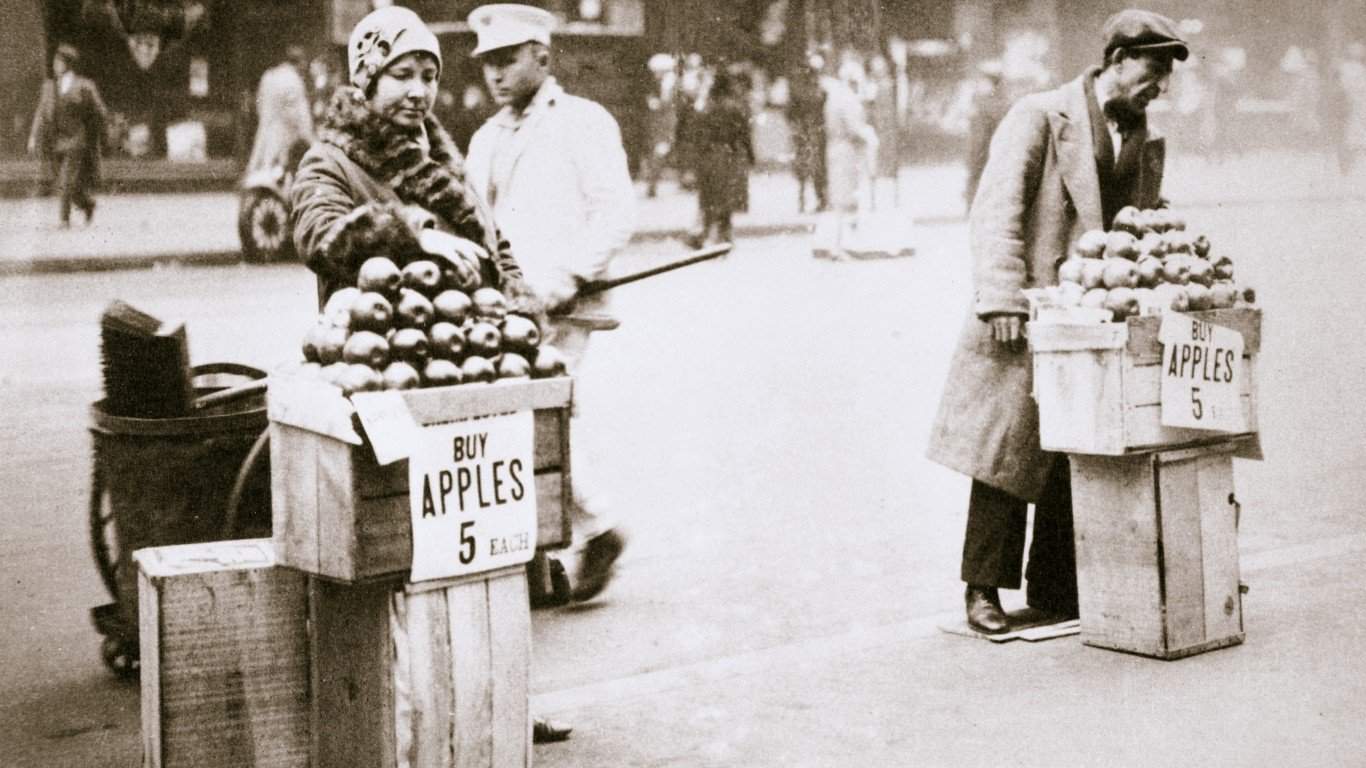Americans have seen huge price increases in their monthly grocery bills in 2023. Compared to 2022, when the grocery bill for an average family was $325, families in 2023 spent an average of $425 per month. That’s a 71% increase. (Check out the biggest food price increases in America’s largest cities.)
With rents and utilities also soaring, many families are searching for ways to save money. Nearly a century ago, the U.S. was facing a much worse economic catastrophe, and families stretched their means however they could to survive. To determine 21 Great Depression-era cooking tips that are still useful today, 24/7 Tempo referred to numerous news and encyclopedia sources including History.com.
Some of these tricks are still in widespread use by thrifty families, especially those whose grandparents or great-grandparents were alive in the 1930s. Especially in rural areas, tactics including foraging, home canning, and cooking with organ meats have always been a way of life. Other tips, like using vegetables in the place of meat, or serving a tray of pickles and preserved vegetables as an appetizer, have gained new life with contemporary plant-based diet trends. (Check out every state’s vegan obsession, ranked.)
Here are 21 Depression-era cooking tips that will help you save money:
Make broth
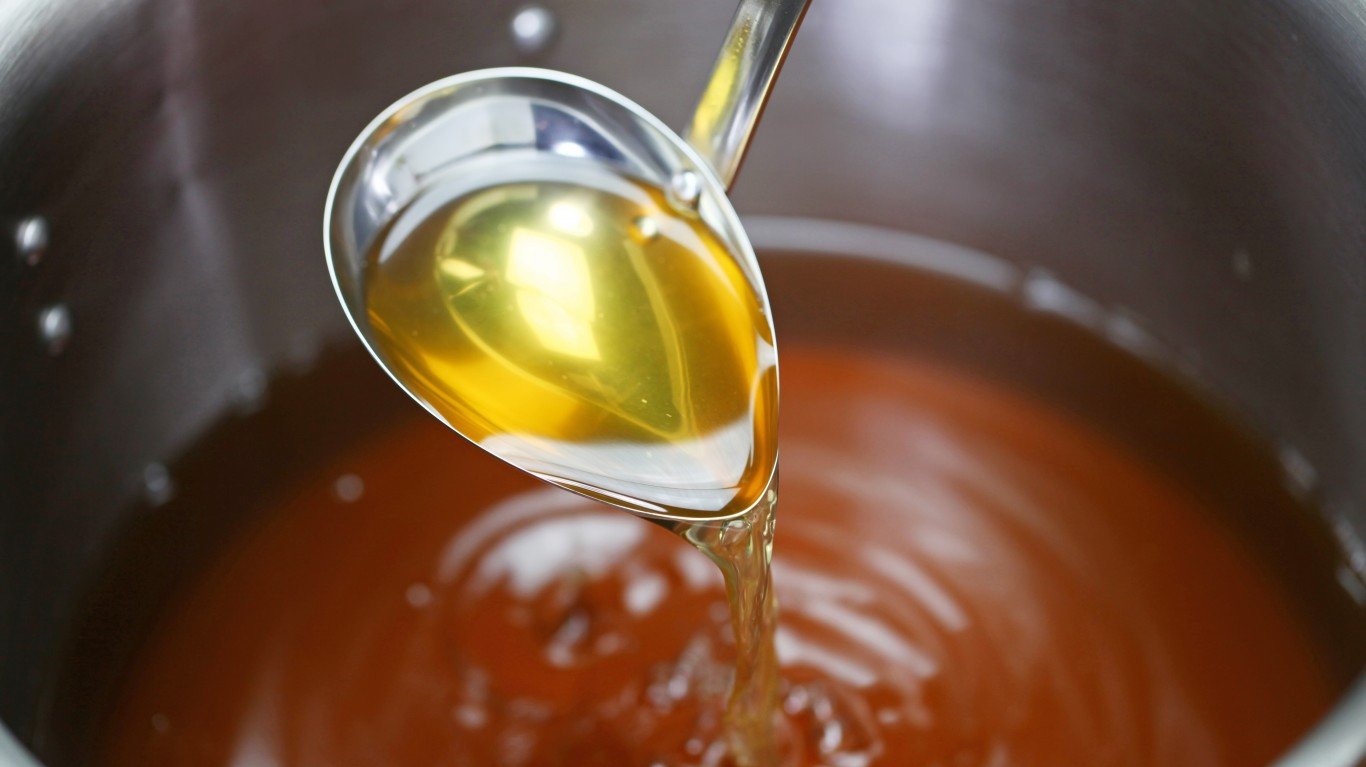
Don’t throw away those vegetable peels. Onion skins, carrot tops, celery ends, and other nutritive bits can be saved to make a savory broth for soup. Bones from roasted chickens, steaks, ribs, and pork chops can also be added to the pot. Keep a stock bag in the fridge and make stock once a week, or freeze stock ingredients until you’re ready to simmer a big batch.
Use less meat
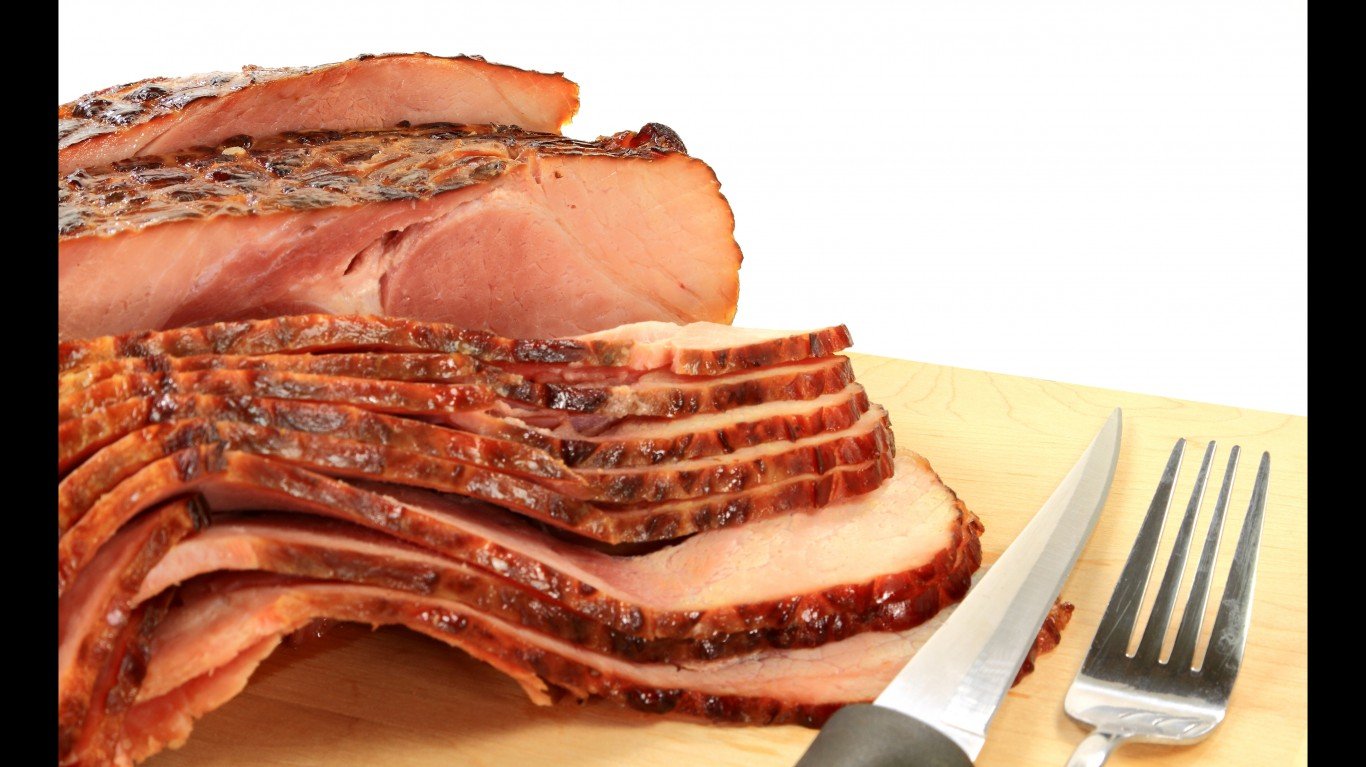
Meat was both expensive and hard to come by at various points during the Great Depression. Home cooks would often use small amounts of bacon or ham to flavor soups and pasta dishes. If a large roast was available, they would stretch the meat by making the roast on Sunday, saving some for sandwiches, and then putting the rest into a stew that could be filled out with vegetables and eaten for days.
Forage for wild foods

Dandelion leaves were commonly used as salad greens, and were easy to find in yards and fields. When foraging for greens, be sure to chose areas that haven’t been sprayed with pesticides. Berries, chokecherries, persimmons, and wild grapes are other common wild edibles that are still prevalent today.
Use whole foods
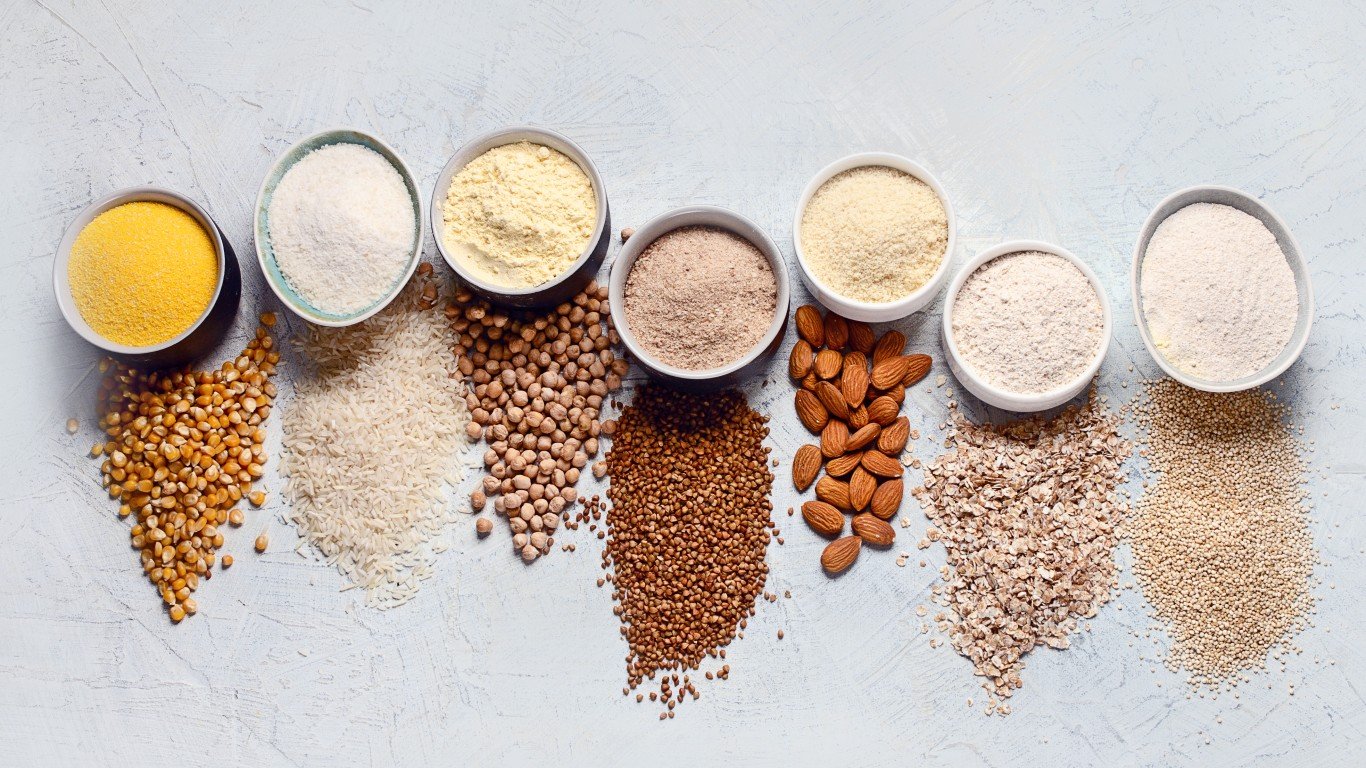
Rather than buying prepared or processed foods, such as sliced bread, canned beans, and boxed mac and cheese, stock up on whole ingredients like flour, rice, and dried beans. They’re much cheaper and can be prepared with minimal effort when cooked in bread makers, rice cookers, and crock pots.
Start meals with a relish tray
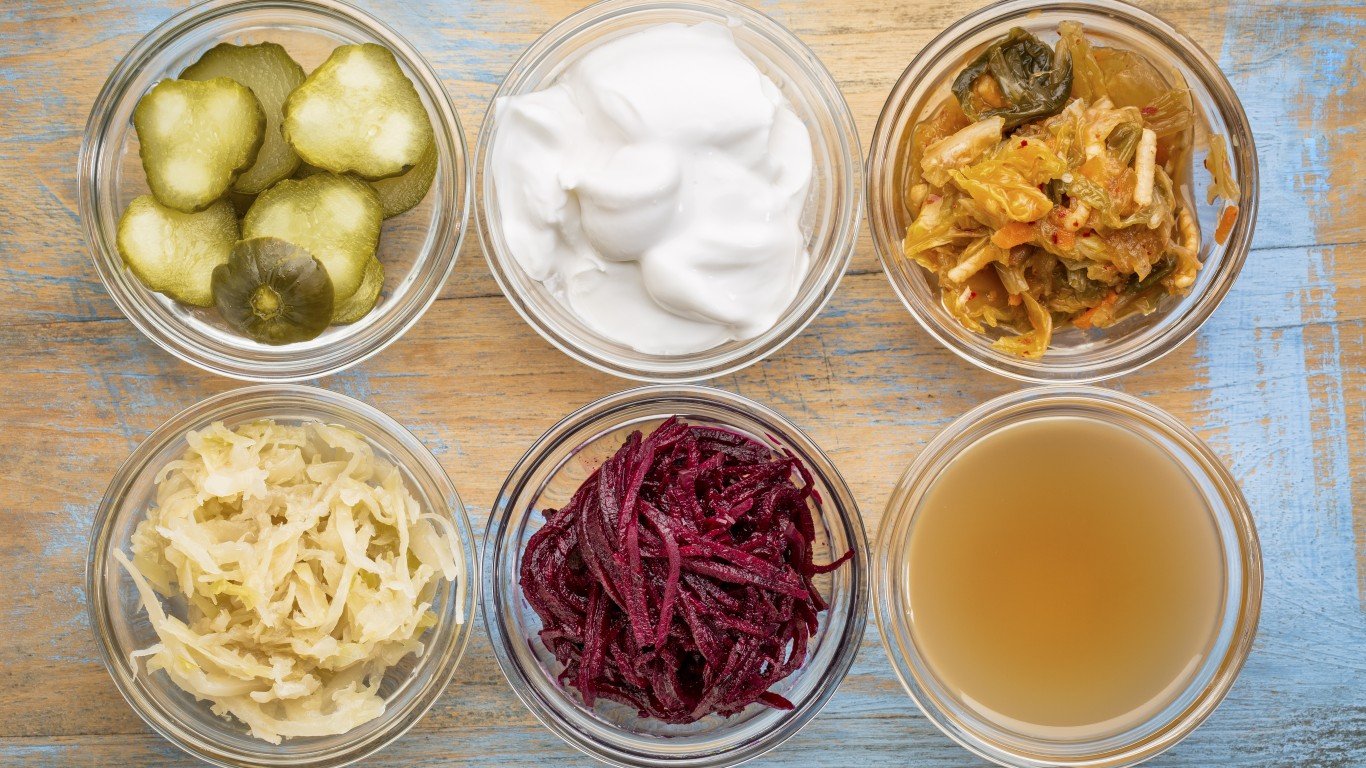
Much like the charcuterie boards that are popular nowadays, Depression-era families would often start their meals with an appetizer of pickles and relishes. Garden fruits and vegetables including watermelon rinds, beets, okra, and green beans were pickled in the fall and could be enjoyed all winter.
Stretch ingredients by making soup
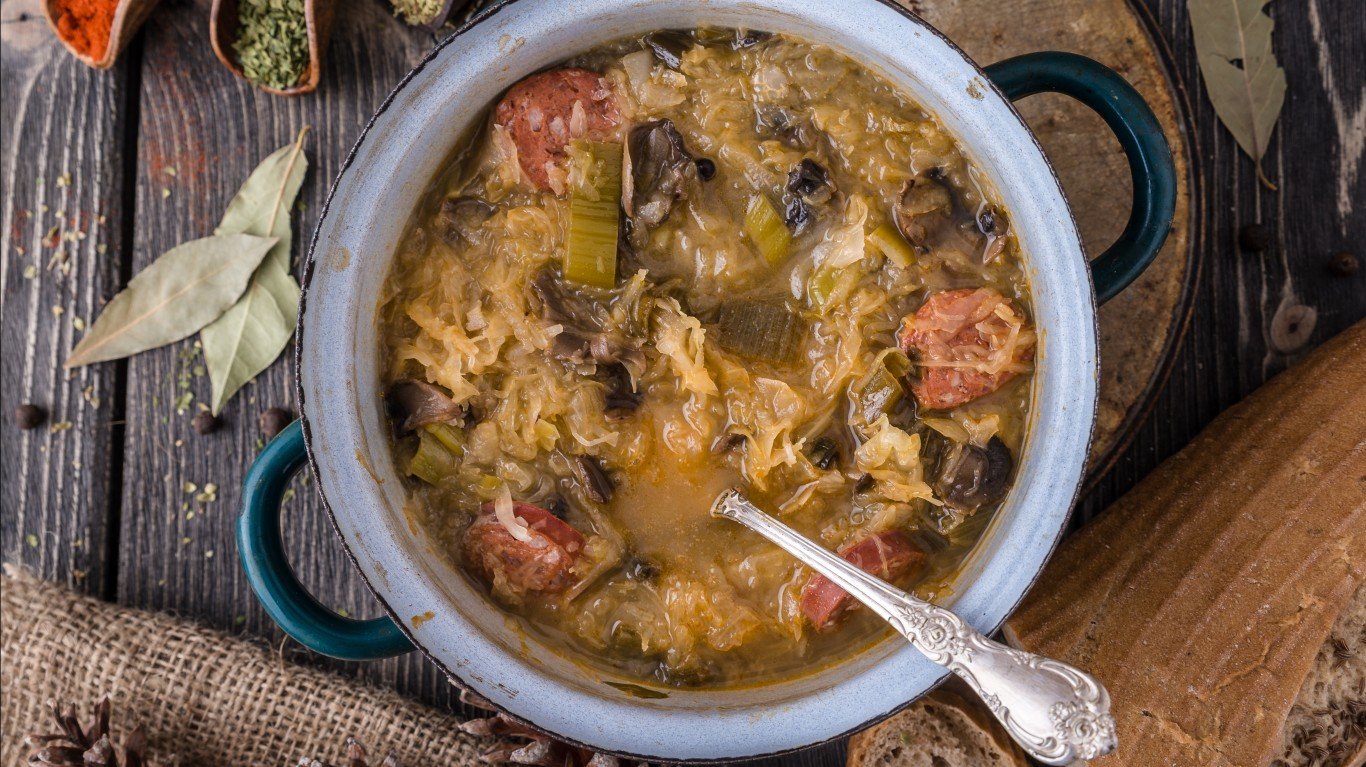
Soups were incredibly popular during the Depression, as they contain mostly water and could be stretched to feed large families with few ingredients. Cabbage soup was common, as were potato soup and corn chowder. Mulligan stew, also called hobo stew, was a mixture of whatever was on hand.
Learn to cook cheap cuts of meat
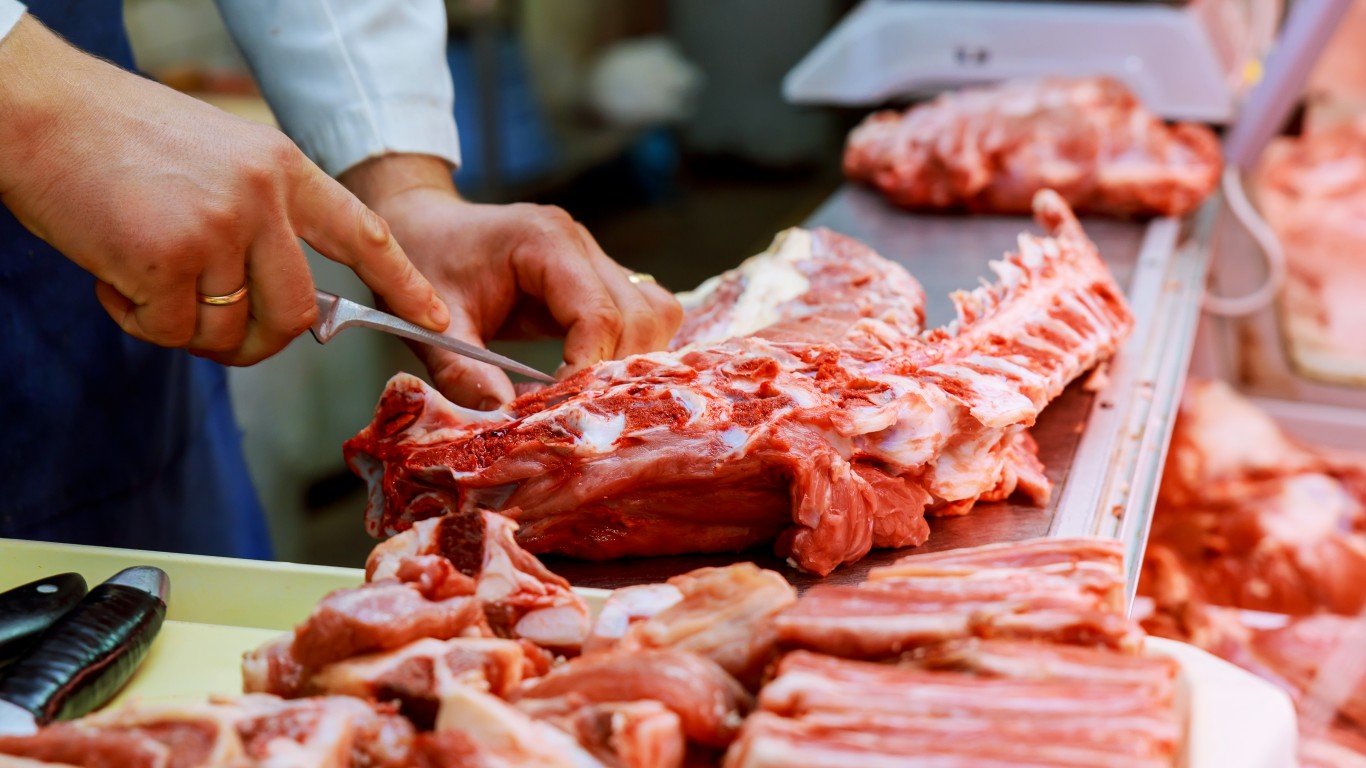
Sometimes, cheap doesn’t necessarily mean lower quality. Cheaper cuts of beef, including chuck and brisket, will be meltingly tender when cooked at a low temperature for hours. Livers, tripe, trotters, cow tongue, chicken necks, and gizzards can all be delicious when prepared properly.
Buy day-old baked goods
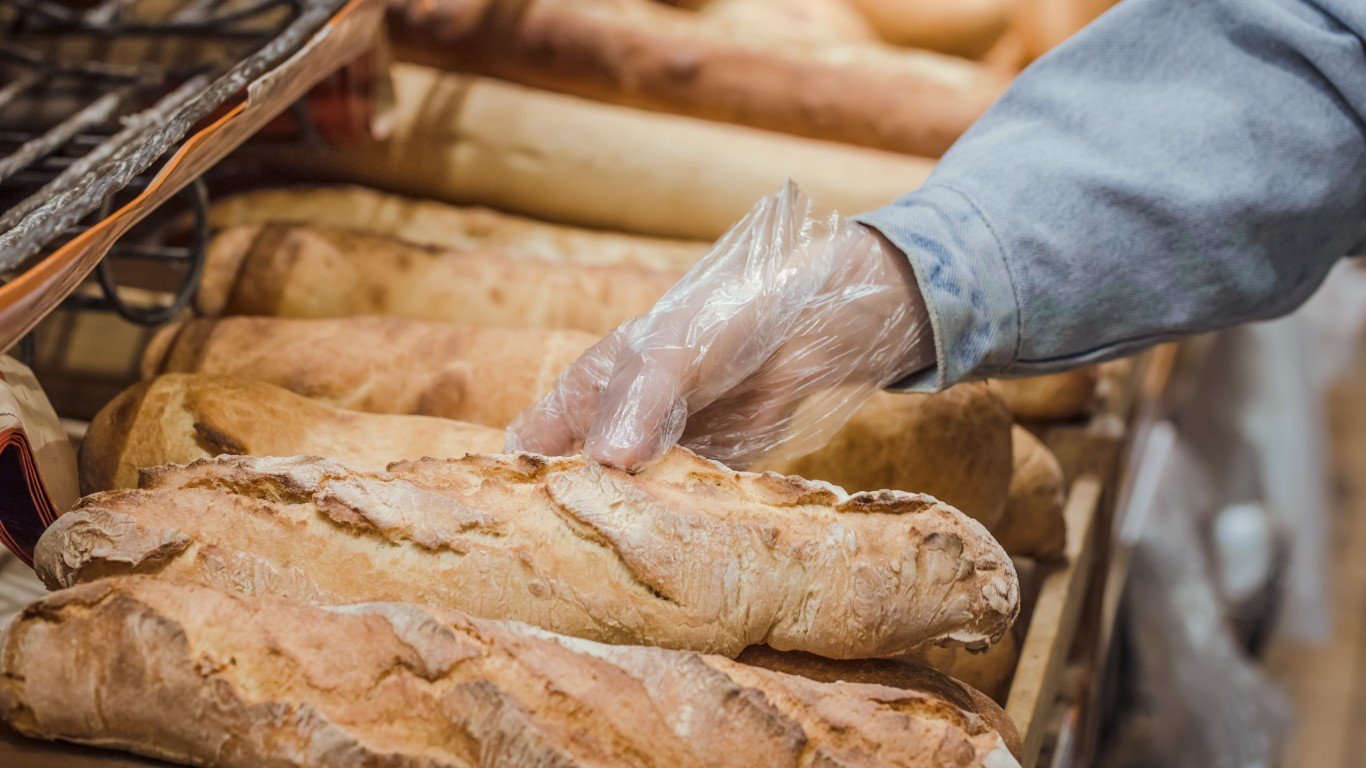
If you must buy bread or other baked goods, check out the discount section, where day-old breads and pastries are available at a fraction of the usual price. A little time in the oven or toaster can work wonders on these items.
Go fishing

Many families relied on fish, mussels, clams, oysters, crabs, and crawfish as free sources of protein during lean times. Inland dwellers may not have had access to coastal species, but if they were fortunate enough to live near a river, brook, or pond, they could still catch freshwater fish.
Save fat for frying

Bacon fat, sausage grease, and other forms of animal fat left in the pan after cooking are full of flavor. None of these went to waste during the Depression, but were saved in the pan or scraped into a jar and later used for frying or even making gravy or biscuits.
Use substitutes when baking

Due to rationing, sometimes certain baking ingredients, including eggs, butter, and sugar were hard to come by, so home bakers learned to substitute. One or two eggs in a recipe could be made up for with corn starch. Oil could be used instead of butter, and honey or even melted candy could be used in the place of sugar.
Buy ingredients in bulk
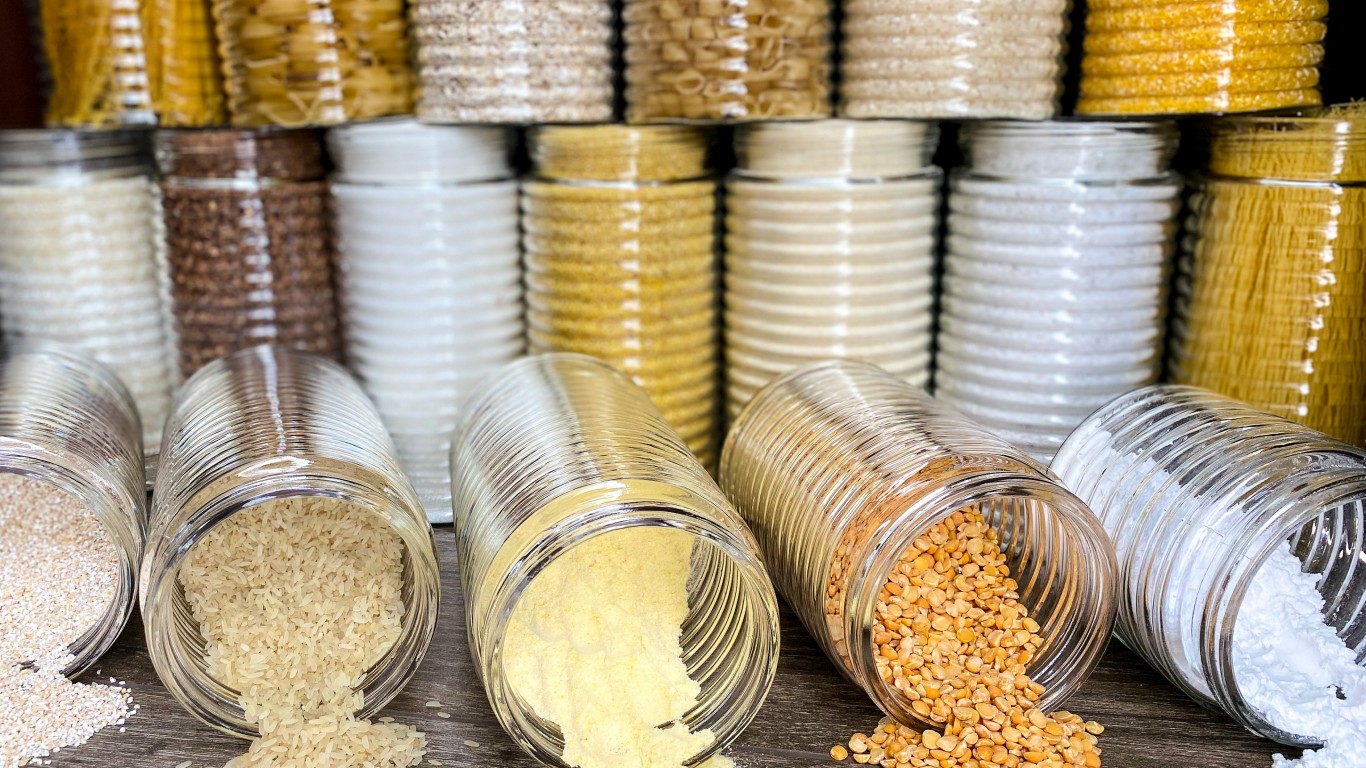
When it comes to buying staples like flour or beans, a larger bag may be more expensive, but will be cheaper per pound than buying a small container. When families could budget to buy ingredients in bulk, it paid off in the long run.
Preserve garden vegetables
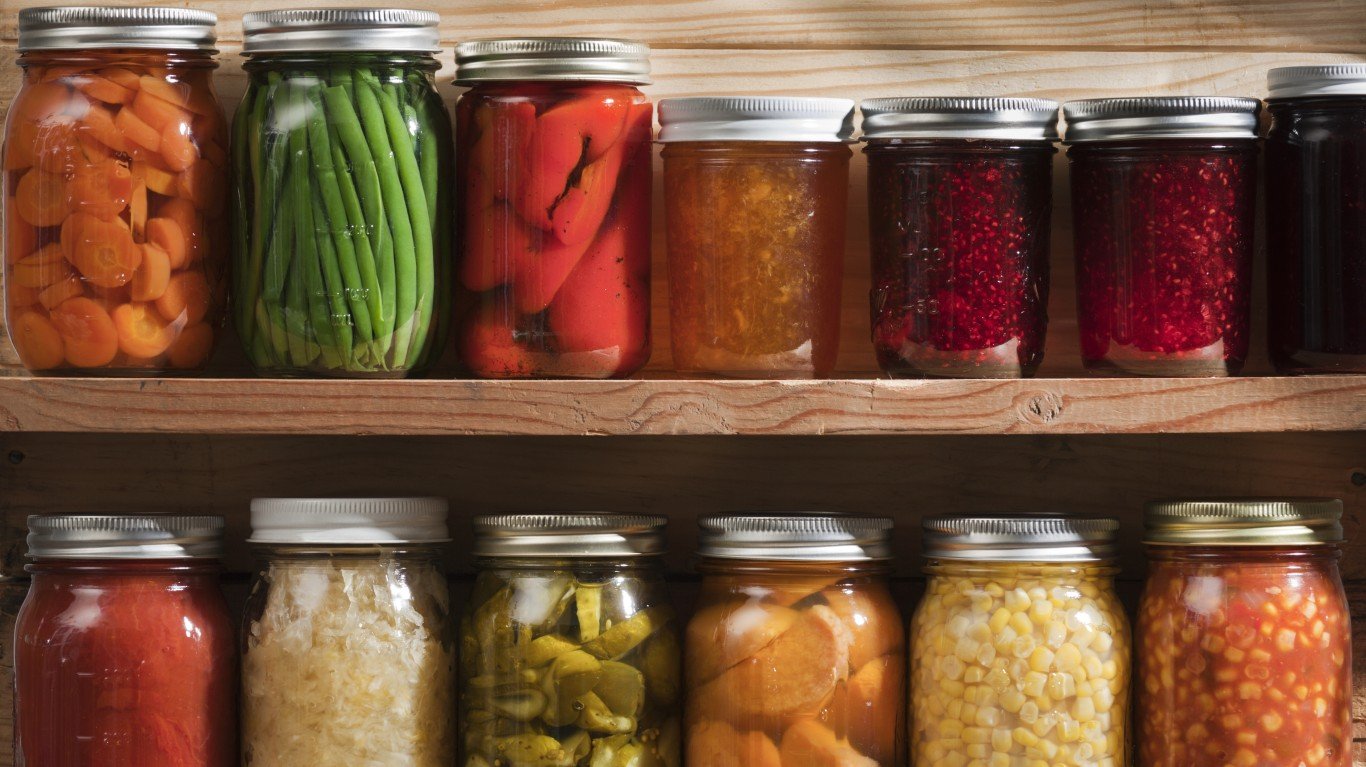
Those who had space to garden would grow as much produce as they could, and none of it went to waste. Extra tomatoes, corn, peppers, and fruits were canned, while cabbage was fermented into sauerkraut, and beans were dried and shelled. Those who didn’t have gardens could still glean vegetables from farm fields and preserve them.
Use every bit

Rather than getting rid of the undesirable parts of vegetables, home cooks learned how to utilize them. Broccoli stems could be peeled and shredded into slaw. Radish, turnip, and beet greens were cooked into soups, and wrinkly old tomatoes and peppers were cooked down into sauces.
Water down juices

A common tactic for stretching juices in homes and soup kitchens was to water them down. Seeing as 100% fruit juice contains much more sugar than most people should be ingesting in a sitting, watering down juice doesn’t seem like such a bad idea.
Cooperate with neighbors

Neighborhood gardens sprouted up in empty lots, much like the community gardens of today. In rural areas, farmers would barter with one another. If one grew a large corn crop and another grew wheat, they could exchange some of their harvest. People who owned a flock of chickens could trade eggs for pork or vegetables raised by the neighbors.
Avoid eating out

Workers often brought their lunch from home, and even carried their own coffee in a thermos to avoid having to buy food during the day. The cost of one meal out could be equivalent to three or four meals prepared at home.
Rely on beans for protein
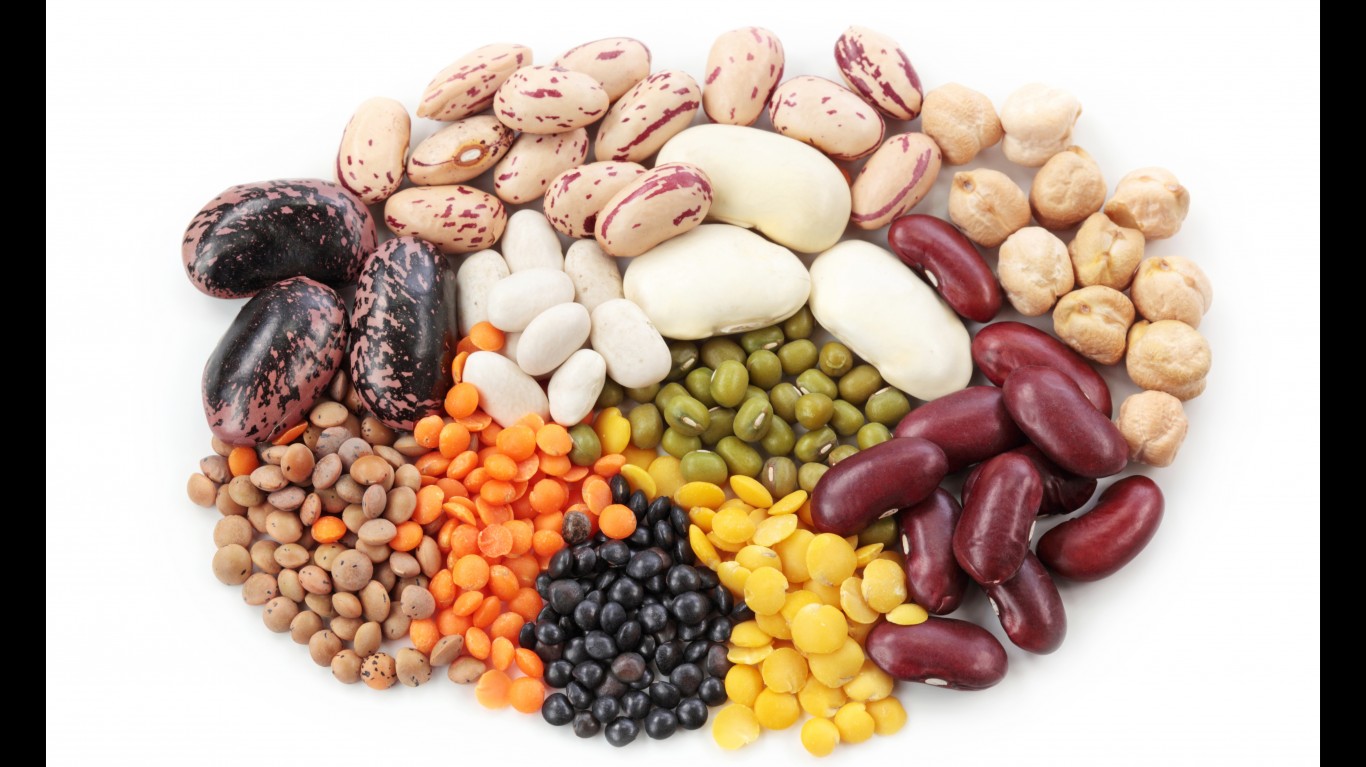
Beans are cheap, easy to prepare, and require no refrigeration until after they are cooked. While meat was often a luxury, beans and legumes provided many families with the majority of the protein they needed. Navy bean soup, baked beans, and chili with kidney beans were common weekly meals.
Save stale bread
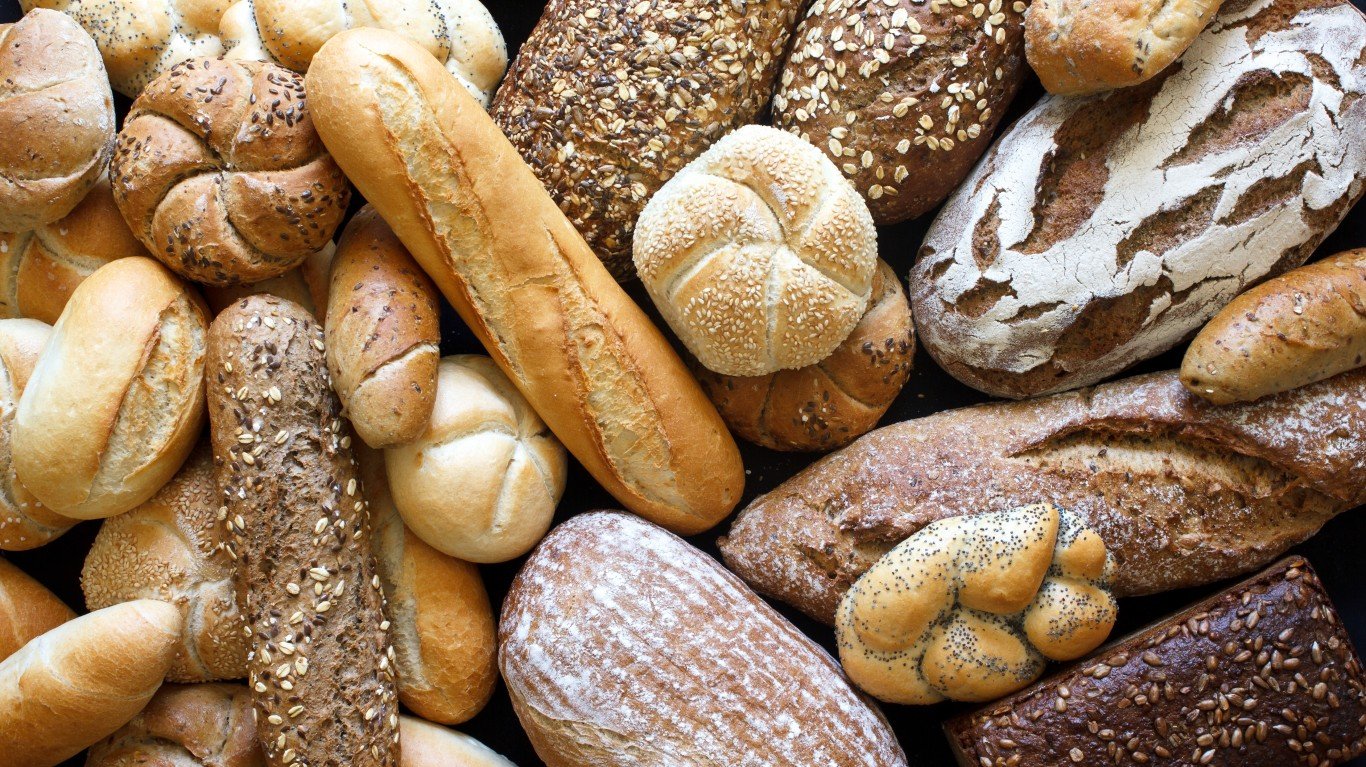
Why buy bread crumbs when you can make your own? Stale bread was never wasted. It could be crumbled and used to bread chicken cutlets or to fill out meatloaf or hamburger patties. It was also commonly cubed, turned into stuffing, and served with gravy.
Use vegetables in the place of meat

Much like the cauliflower steaks of today, families in the ’30s would sometimes use vegetables in the place of meat. A breaded cabbage leaf with gravy over rice could serve as a substitute for chicken when there was none.
Learn to love potatoes
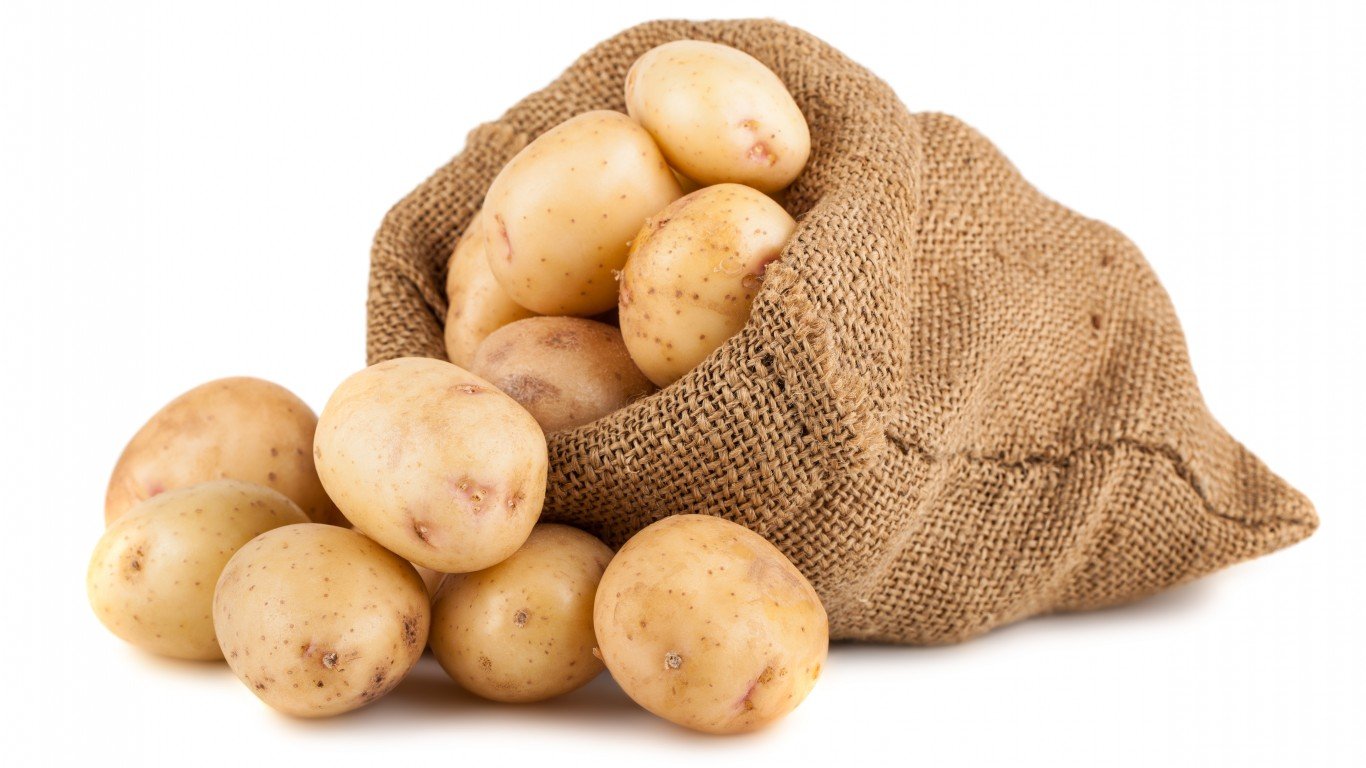
Aside from beans, potatoes were a major staple that home cooks got creative with. Some families ate potato soup multiple times a week, while others had baked potatoes one day, mashed potatoes the next, then turned those mashed potatoes into fried patties for breakfast, and used any leftover patties to thicken a pot of stew. (Click here for a list of 30 common meals people ate during the Great Depression.)
